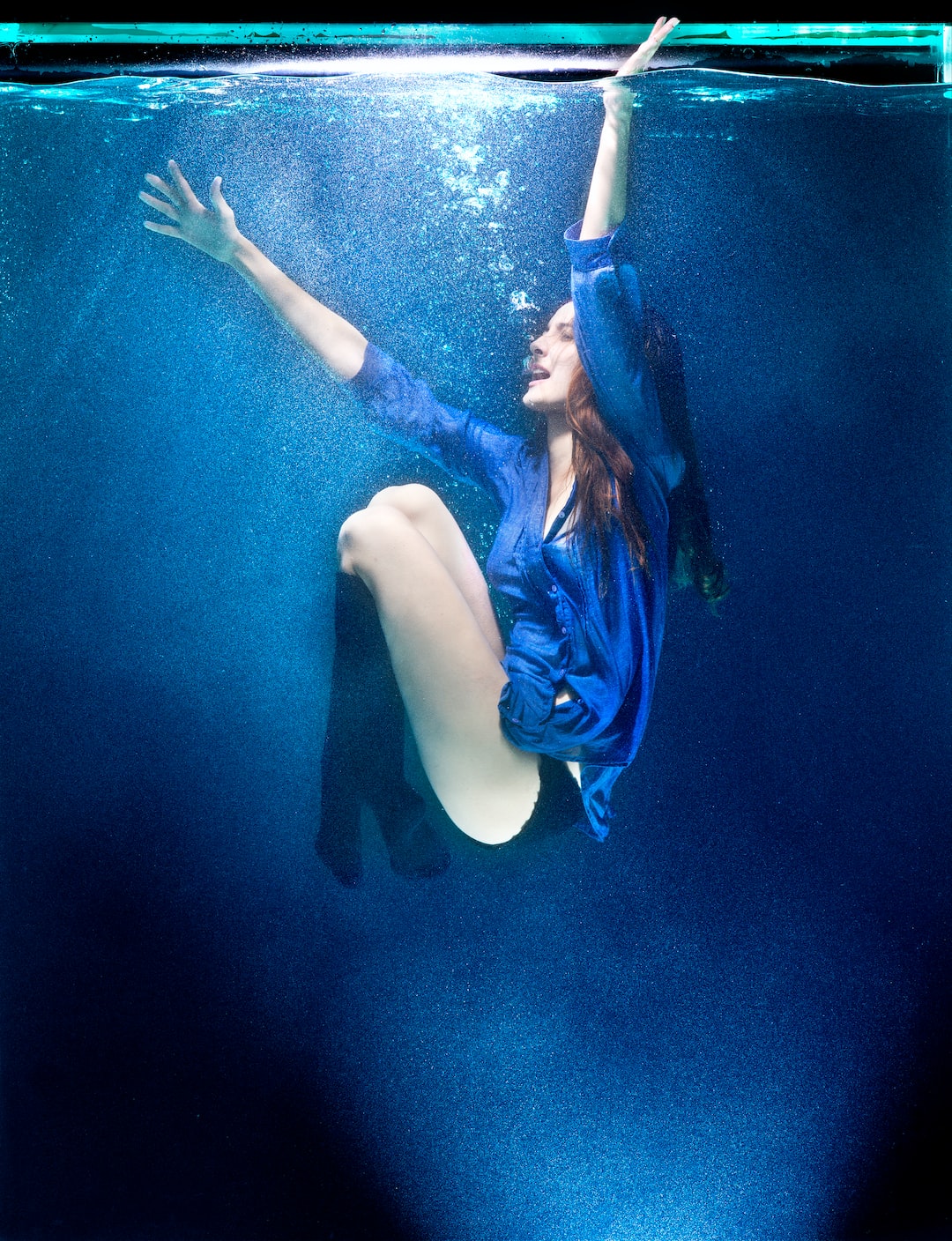The Evolution of Portraiture: From Traditional to Selfies
Portraiture, the art of capturing the essence and likeness of an individual, has undergone a remarkable transformation throughout history. From the meticulously painted portraits hanging in grand galleries to the ubiquitous selfies flooding our social media feeds, the evolution of portraiture reflects the profound changes in our perception of self and visual storytelling.
Traditional portraiture has a long-established history, dating back to ancient civilizations. In ancient Egypt, portraits were created to immortalize Pharaohs and nobles, captured with extraordinary precision and attention to detail. These paintings depicted individuals in profile, emphasizing the symbolic significance of different body parts. Similarly, ancient Greek and Roman sculptures celebrated prominent figures, showcasing them in idealized poses and expressions. The art of portraiture continued to evolve during the Renaissance, where artists like Leonardo da Vinci and Raphael explored the concept of capturing human anatomy and emotion with unprecedented realism.
As technology advanced, the medium of portraiture expanded beyond the realm of painting and sculpture. In the early 19th century, the invention of photography revolutionized portraiture. Now, for the first time, ordinary people could afford to have their likeness captured. This accessibility led to the democratization of portraiture, as it was no longer limited to the wealthy and powerful. Photographers like Mathew Brady immortalized historical figures such as Abraham Lincoln, bridging the gap between traditional portraiture and modern photography.
The 20th century brought further radical changes to portraiture, marked by the rise of abstract art movements. Artists such as Pablo Picasso and Salvador Dalí challenged conventional techniques and perceptions of portraiture, experimenting with disjointed features and surreal compositions. The focus shifted from a realistic portrayal of the subject to an exploration of the artist’s imagination and emotions. Portraits became more than mere representations; they became visual expressions of the artist’s inner world.
With the advent of digital technology in the late 20th century, portraiture underwent yet another revolution. The emergence of smartphones equipped with front-facing cameras catapulted self-portraits, or selfies, to the forefront of visual culture. The selfie phenomenon quickly grew, becoming a global trend embraced by people from all walks of life. With a simple click of a button, anyone can capture their own likeness and share it with the world instantaneously.
Selfies have transformed portraiture into a daily act of self-expression and validation. In the digital age, capturing a selfie has become a form of visual communication, allowing individuals to curate and manipulate their online personas. Selfies can convey personal narratives, lifestyles, and even status. Gone are the days when portraiture was solely an artistic endeavor; now, it has become an integral part of the social media landscape.
While selfies have been met with criticism, often dismissed as narcissistic and shallow, they also represent a new form of empowerment. Individuals now have control over their own representation, challenging traditional power structures and redefining beauty standards. Selfies create a space for self-acceptance and self-love, embracing diverse identities and challenging the imposed ideals of traditional portraiture.
However, the rise of selfies also comes with a price. The constant pursuit of the perfect selfie can lead to self-consciousness and distorted perceptions of oneself. The pressure to present a flawless image can erode self-esteem and create an unhealthy obsession with external validation. Moreover, the sheer volume of selfies flooding social media platforms can desensitize us to the significance of the individual, reducing personal experiences to mere pixels on a screen.
As portraiture continues to evolve in the digital age, it is crucial to understand and appreciate its evolution. The shift from traditional painted portraits to selfies reflects the profound changes in our society’s values, beliefs, and technological advancements. From the grand galleries to the palm of our hands, portraiture has become an everyday occurrence, intertwining our self-perception with our digital identities.
The evolution of portraiture reminds us that art is not static; it is a living entity, constantly influenced by social, cultural, and technological progress. Whether it is a meticulously painted canvas or a spontaneous selfie, portraiture will continue to evolve, capturing the human essence in all its diverse forms.

